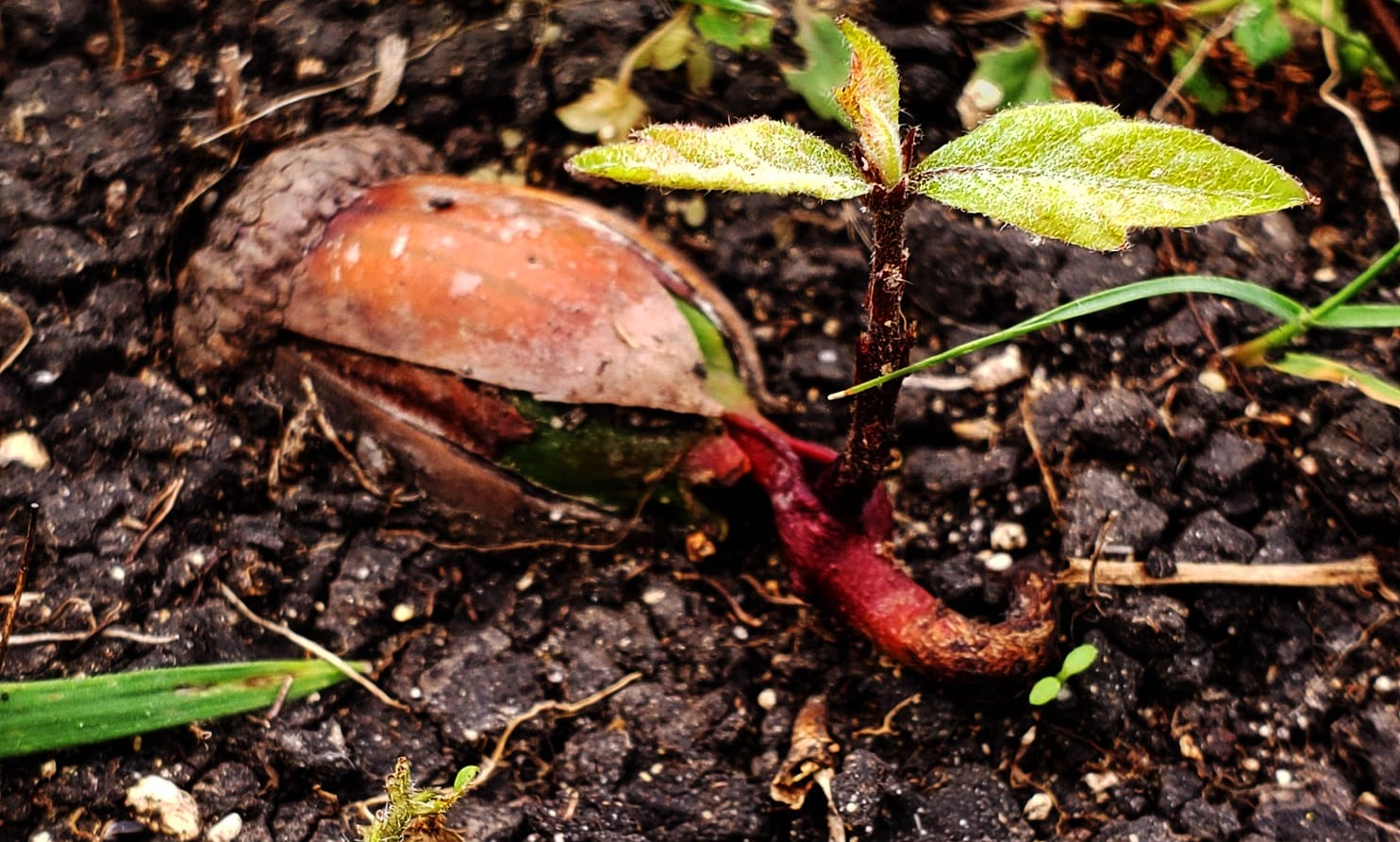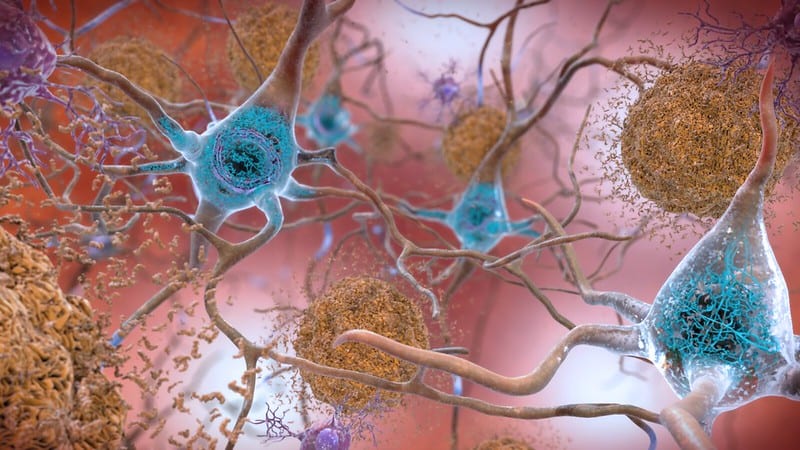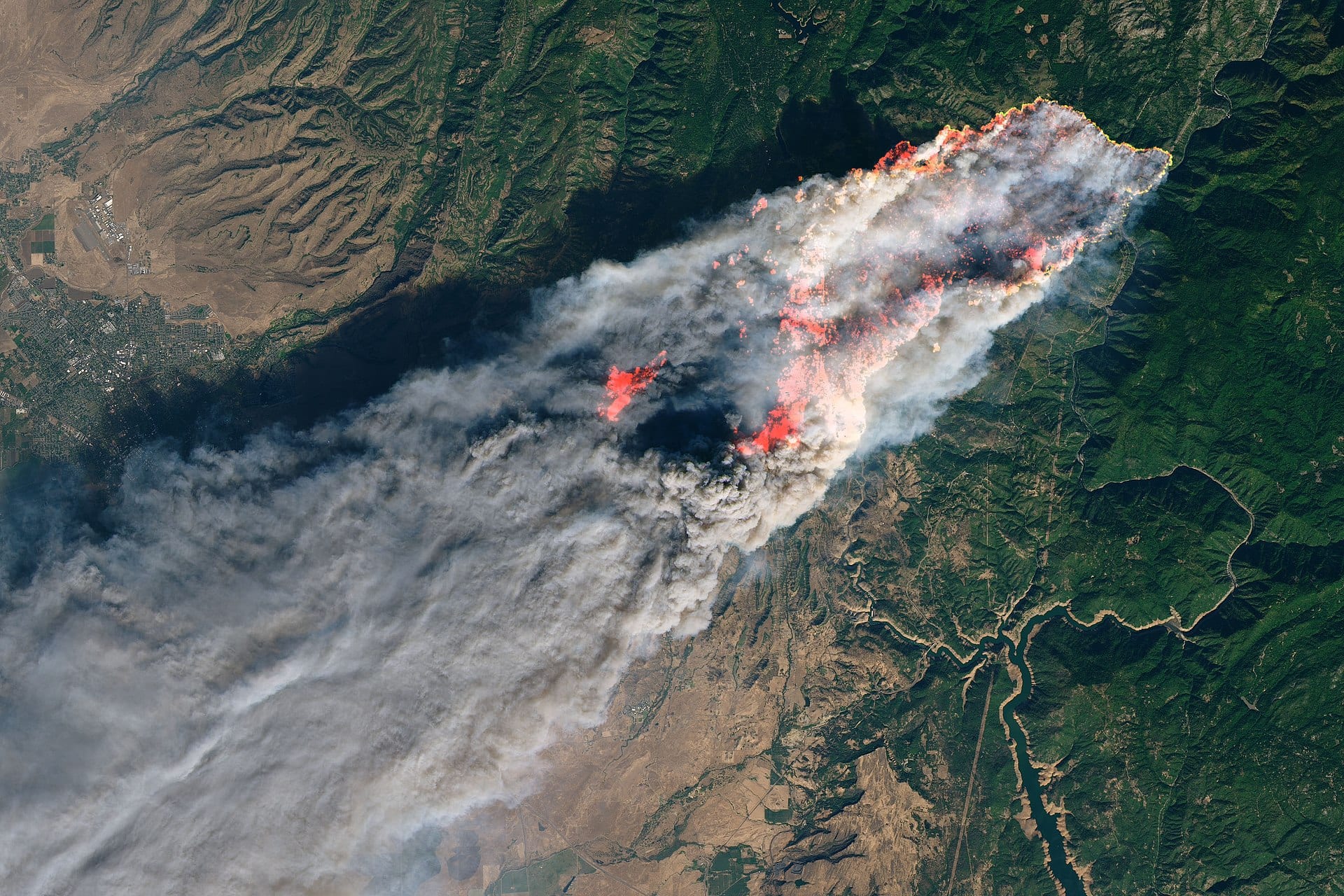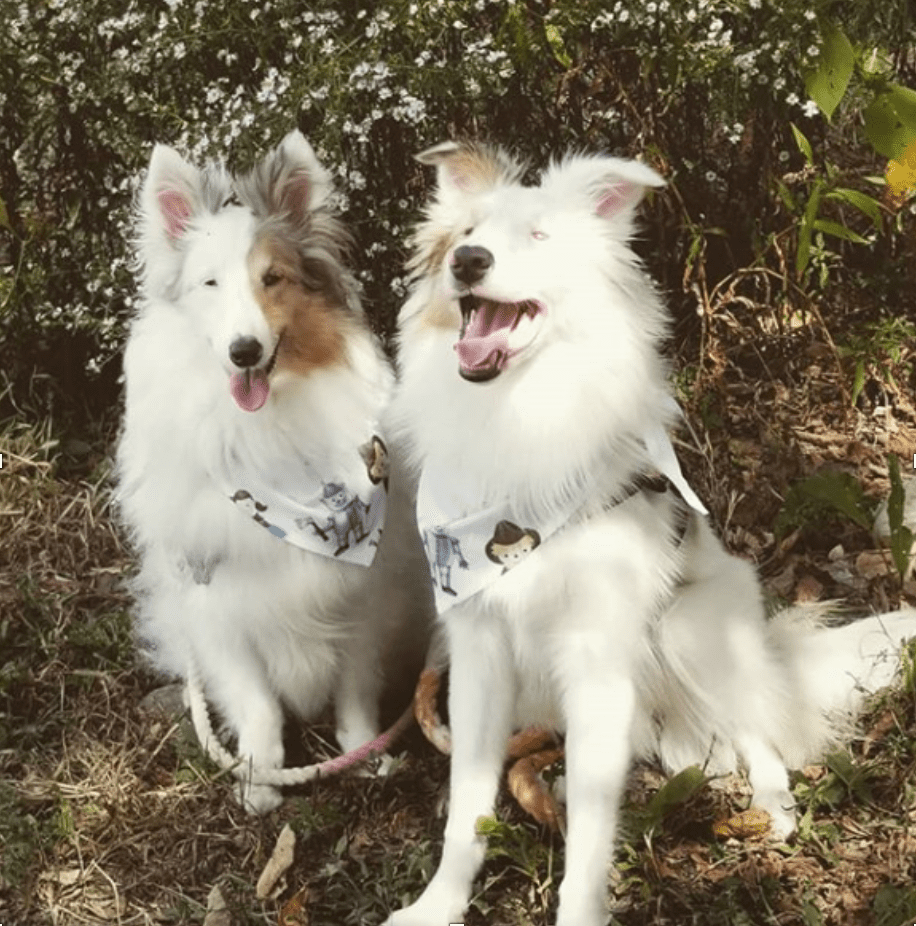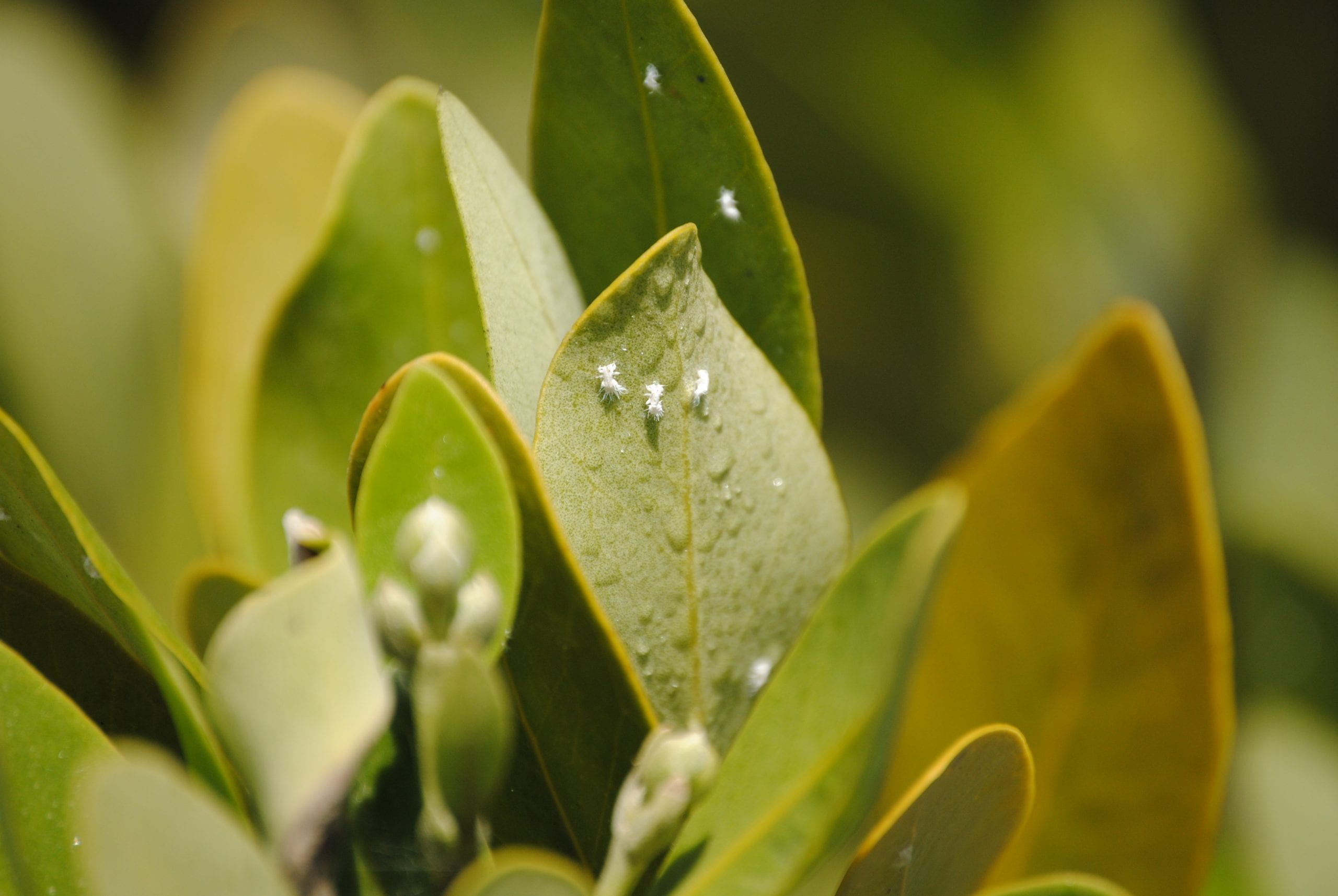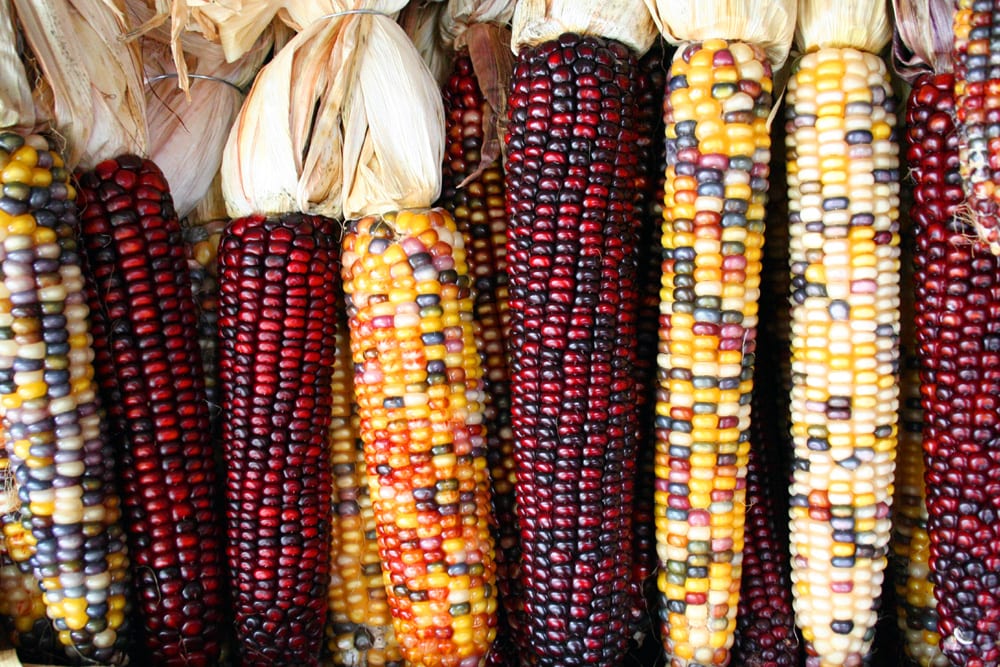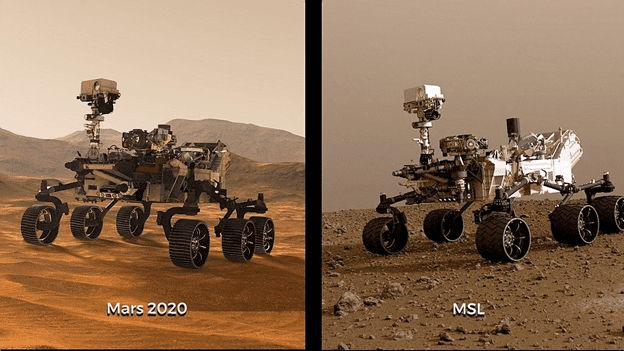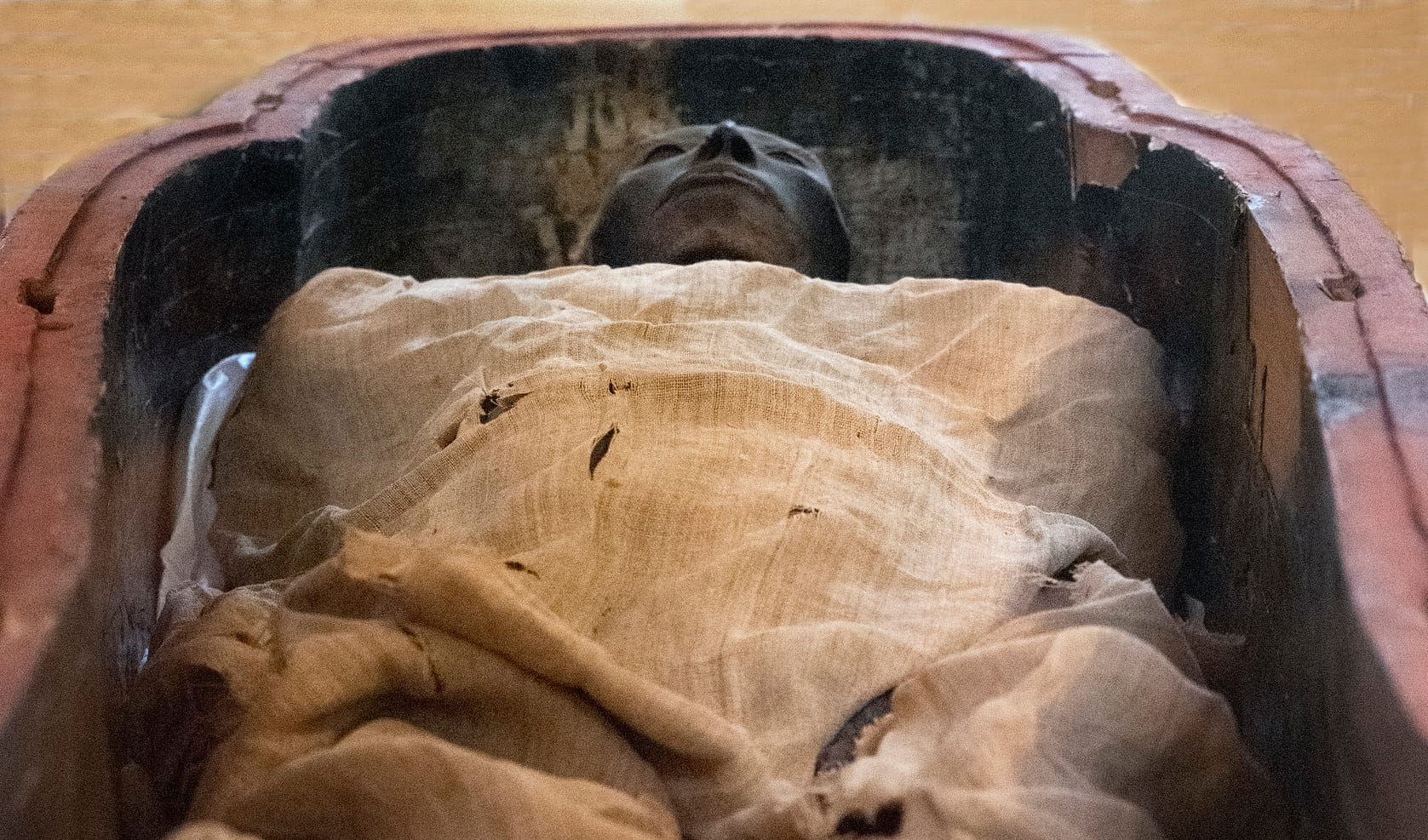
I'll be back (in 3,000 years)
I still remember my first night in the United States, not due to the long journey, but because of the first question someone asked about my home country. “Do you guys really ride camels and live in tents in Egypt?†It took me a few minutes to realize the question was genuine. Previously, I had

